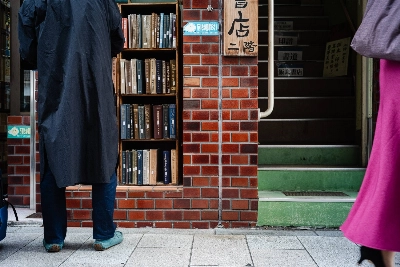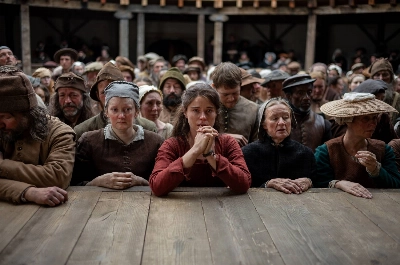Following the huge success of the FX series “Shogun,” which centers on an Englishman who becomes embroiled in power struggles during the samurai era, there has been a flurry of interest in the colorful history of foreigners in Japan. It’s with a satisfying symmetry, therefore, that there should be a new book about a Japanese man heading in the other direction.
“A Gentleman from Japan” by Thomas Lockley, an associate professor at Nihon University College of Law in Tokyo, technically concerns two Japanese men who were enslaved and renamed Christopher and Cosmus by the Europeans (their birth names have been lost to history). After a dramatic and circuitous route across the oceans, they found themselves in London during the reign of Queen Elizabeth I, landing in 1588 and leaving in 1592.
A Gentleman from Japan: The Untold Story of an Incredible Journey from Asia to Queen Elizabeth’s Court, by Thomas Lockley. 432 pages, HANOVER SQUARE PRESS, Nonfiction.



















With your current subscription plan you can comment on stories. However, before writing your first comment, please create a display name in the Profile section of your subscriber account page.